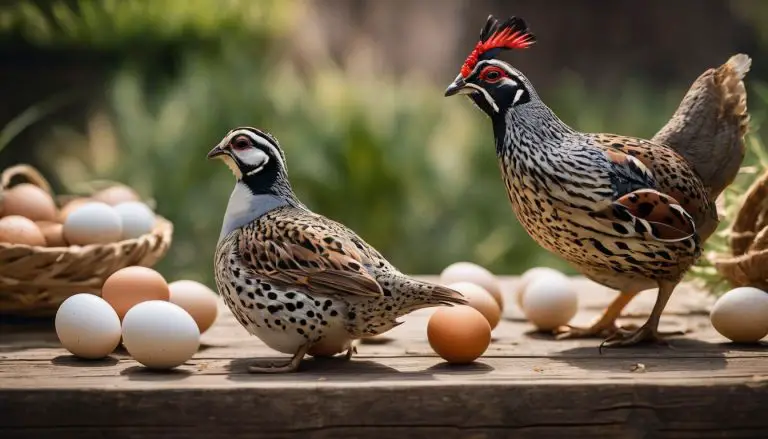Bird watching can be quite the captivating pastime, right? As someone who’s always marveled at the remarkable diversity found in nature, I’ve often pondered why birds have such a myriad of beaks.
Turns out, the wide variety of bird beak types plays an essential role in their survival strategy—it’s absolutely fascinating! In this blog post, we invite you to join us on an incredible journey as we delve into an exploration of different bird-beak designs and learn about their crucial functions.
Let’s uncover together how something as seemingly simple as a tiny beak shape can reveal vast amounts about our avian companions!
Key Takeaways
- Bird beaks come in a wide variety of shapes and sizes, each serving a specific function for survival.
- Different beak types enable birds to perform specific feeding tasks such as tearing flesh, cracking seeds, sipping nectar, or probing and filtering food.
- Beak shape is closely related to a bird’s diet and habitat, with natural selection playing a crucial role in shaping and adapting bird beaks over time.
The Importance of Bird Beak Types and Functions

Bird beaks play a crucial role in a bird’s survival by enabling them to perform specific feeding tasks, such as tearing flesh, cracking seeds, sipping nectar, or probing and filtering food.
Beaks for tearing flesh
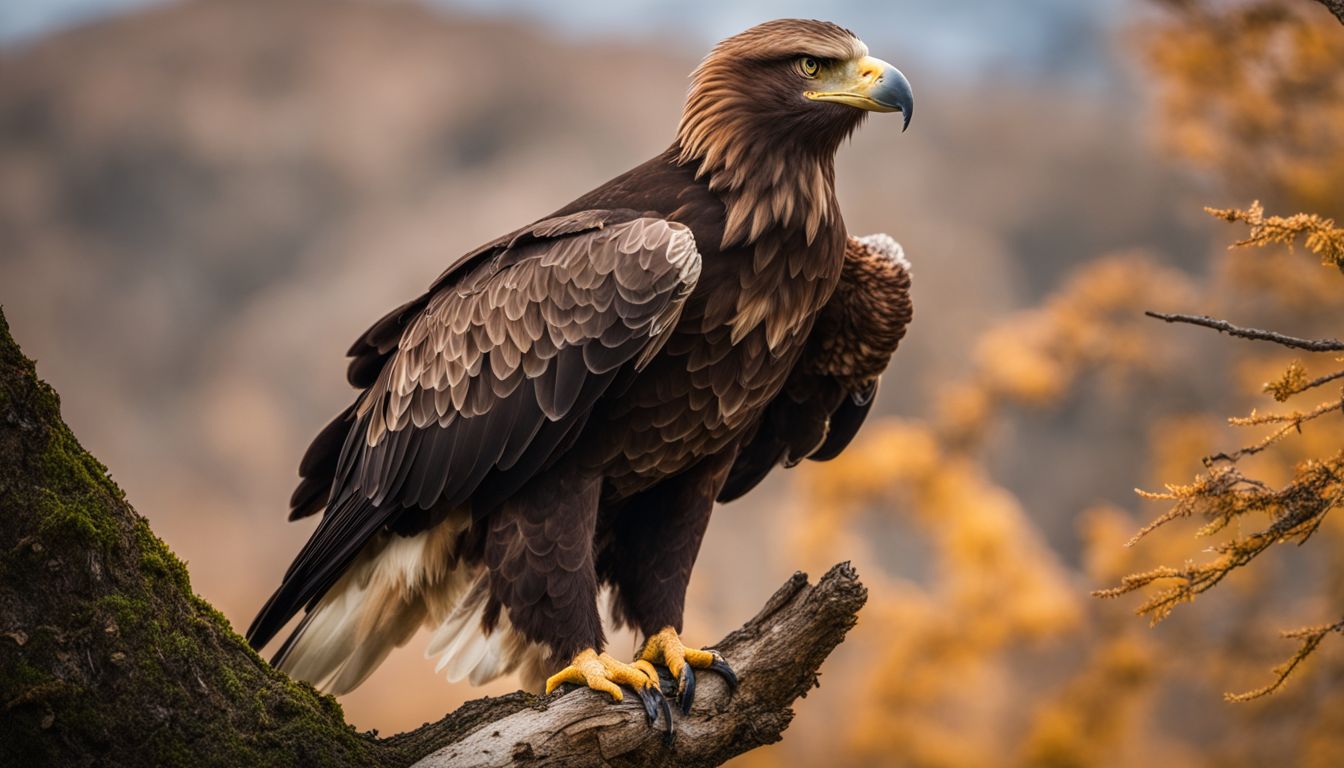 Birds of prey use their beaks to tear flesh. Eagles, hawks, and owls have this type of beak. They are curved and sharp at the end. These birds catch rodents, fish, or other small animals for food.
Birds of prey use their beaks to tear flesh. Eagles, hawks, and owls have this type of beak. They are curved and sharp at the end. These birds catch rodents, fish, or other small animals for food.
After catching their prey, they hold it with their strong feet. Then they tear into the meat with their beaks. It is like using a fork and knife! The shape of these beaks helps them eat in this way.
Beaks for cracking
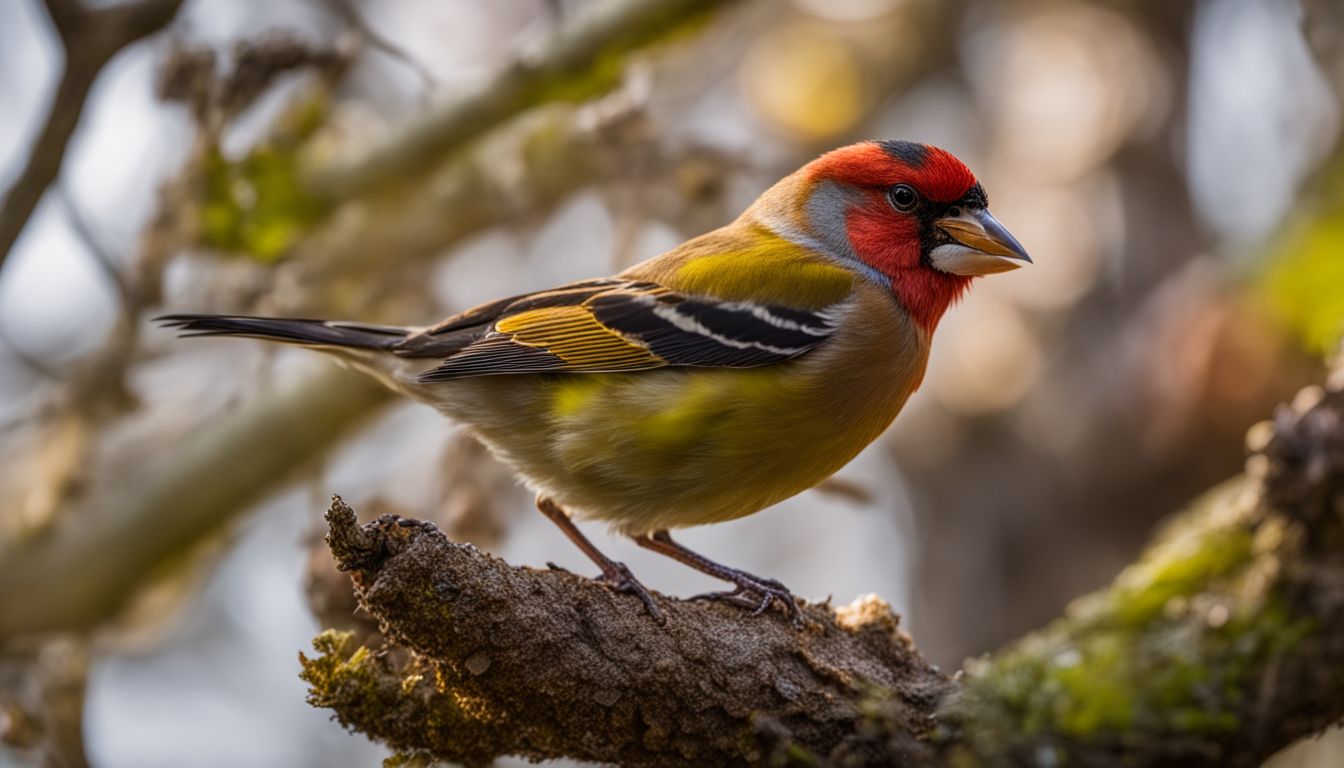
Birds with beaks for cracking have strong, thick bills that are perfect for breaking open hard shells. These birds include species like the nutcracker and the finch. They use their powerful beaks to crack open nuts, seeds, and even small bones.
Their specialized beaks allow them to access the nutritious contents inside these tough outer coverings. This adaptation helps these birds obtain essential nutrients from their diet and survive in their habitats.
An interesting example of a bird with a beak for cracking is the crossbill. This unique bird has crossed bills that are designed specifically for prying apart pinecones and extracting the seeds within.
By using its specially-shaped bill, the crossbill can effortlessly crack open tough pinecone scales to reach its food source.
Beaks for chiseling

Some birds have beaks that are specialized for chiseling. These beaks are strong and pointed, allowing the birds to chip away at wood or bark in search of insects or sap. Woodpeckers, for example, have long, sturdy beaks that they use to drum on trees and excavate holes for nesting.
They can also use their beaks to extract bugs hidden beneath the tree’s surface. Other birds, like nuthatches and chickadees, also have chisel-shaped beaks that help them pry open crevices in search of insects or seeds.
The shape of these beaks allows these birds to access food sources that may not be easily available to other species with different types of beak shapes.
Beaks for sipping nectar
Some birds have beaks that are specifically adapted for sipping nectar. These beaks are long and slender, allowing them to reach deep into flowers to extract the sweet liquid. A perfect example is the sword-billed hummingbird, which has a bill longer than its body! This incredible adaptation allows it to access nectar from flowers with long corollas.
By having these specialized beaks, these birds can efficiently collect nectar, playing an important role in pollination as they move from flower to flower. So next time you see a bird with a thin and elongated beak hovering around a flower, you’ll know it’s drinking up some delicious nectar!
Beaks for spearing
Some birds have beaks that are designed for spearing. These beaks are long, sharp, and pointed, allowing the birds to catch their prey with precision. They use their beaks to stab into fish or other small animals and then quickly swallow them whole.
Birds like herons and kingfishers have these spear-like beaks because they live near water and rely on fishing as their primary source of food. Their specialized beak shape helps them survive and thrive in their specific habitat.
Beaks for probing and filtering
Some birds have beaks that are perfectly suited for probing and filtering their food. These beaks are long and slender, allowing the birds to reach deep into the ground or water to find their prey.
For example, shorebirds like sandpipers have thin, needle-like beaks that they use to probe in the mud or sand for small invertebrates. They can quickly peck at the surface and snatch up their meal.
Other birds, like flamingos, have wide and flat beaks with tiny filters called lamellae on the inside. These filters help them sift through muddy water for algae and other small organisms.
Examples of Birds with Different Beak Types
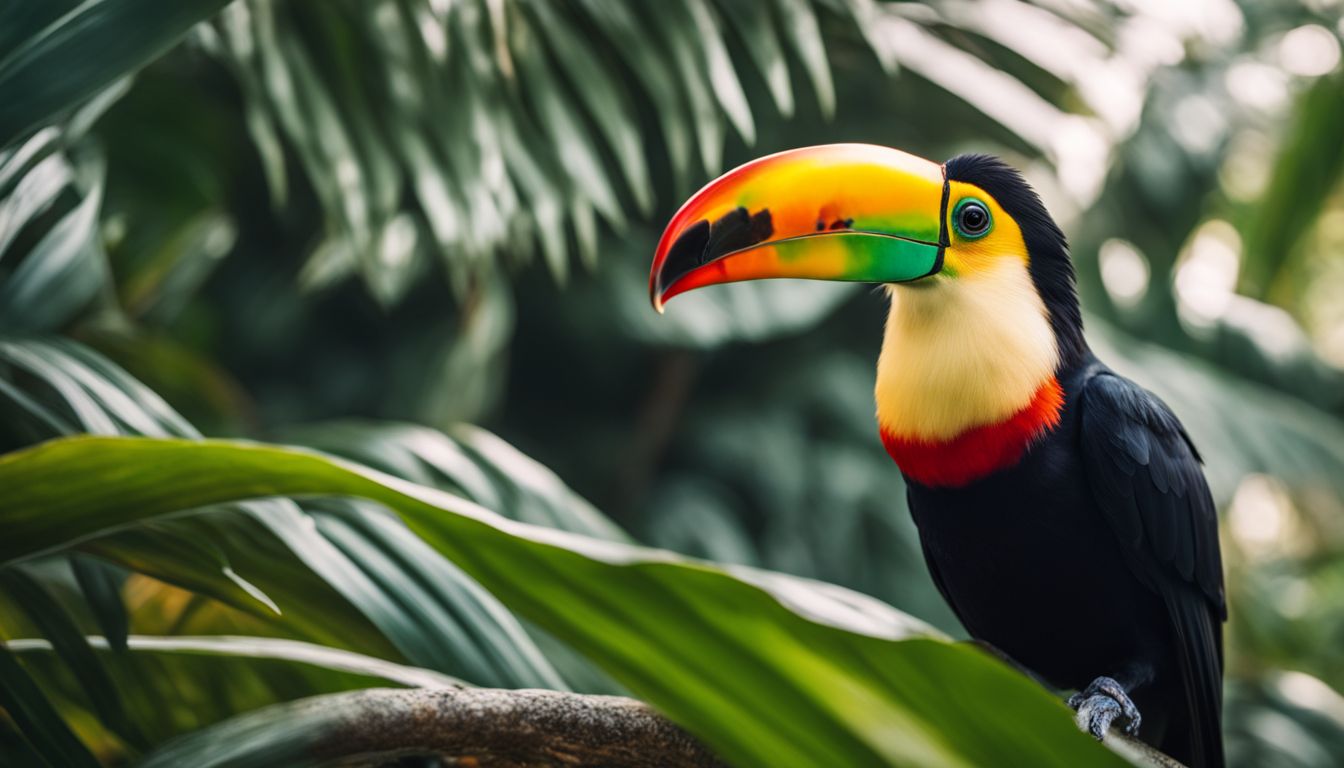
Birds with strong, hooked beaks include eagles and hawks; birds with long, thin beaks include hummingbirds; birds with short, stout beaks include finches and sparrows; birds with curved beaks include toucans; birds with spoon-shaped beaks include pelicans; and birds with long, slender beaks are seen in species like ibises.
Birds with strong, hooked beaks

Birds with strong, hooked beaks are well-equipped for tearing flesh and catching prey. They have a sharp, curved beak that can easily pierce through their food. These birds include raptors like eagles and hawks, as well as scavengers like vultures. With their powerful beaks, they can tear apart their meals effortlessly. Their beak shape is perfect for their hunting and feeding habits, making them formidable predators in the bird world.
Birds with long, thin beaks
Birds with long, thin beaks have adapted to eat different types of food. Here are some examples:
- Hummingbirds have long, thin beaks that are perfect for sipping nectar from flowers.
- Woodpeckers have sharp, slender beaks that they use to drill into tree bark in search of insects.
- Curlews have long, curved beaks that they use to probe into the mud and sand for worms and crustaceans.
- Toucans have long, slender beaks that help them reach fruit high up in trees.
Birds with short, stout beaks
Birds with short, stout beaks are adapted for a specific type of feeding. They have strong, broad beaks that allow them to crack open seeds and nuts. Some examples include:
- Cardinals
- Sparrows
- Grosbeaks
- Buntings
Birds with curved beaks
Birds with curved beaks have a unique adaptation that helps them with their feeding. Here are some examples of birds with curved beaks:
- Flamingos: These birds have long, curved beaks that they use to filter tiny organisms and algae out of the water.
- Herons: With their sharp, curved beaks, herons can quickly snatch fish and other small prey from the water.
- Toucans: Toucans have large, colorful beaks that are also curved. They use these beaks to reach fruit in the treetops and to defend themselves.
- Ibises: These birds have downward-curved bills, which they use to probe into muddy areas searching for food like insects and crustaceans.
- Pelicans: Pelicans have long, hooked bills that help them catch fish by scooping them up from the water’s surface.
Birds with spoon-shaped beaks

Birders, let me tell you about birds with spoon-shaped beaks.
- Spoonbills have flat, wide beaks that resemble spoons.
- These beaks are excellent for scooping up small aquatic animals and filtering out mud and debris.
- Spoonbills use their beaks to sweep side to side in the water, capturing their prey.
- They feed on fish, shrimp, insects, and crustaceans.
- Roseate spoonbills and Eurasian spoonbills are two examples of birds with spoon – shaped beaks.
Birds with long, slender beaks
Birders, you might be familiar with birds that have long, slender beaks. These beaks serve specific purposes and are adapted to their diet and environment. Here are some examples of birds with long, slender beaks:
- Hummingbirds: These tiny birds use their long, slender beaks to reach deep into flowers and extract nectar. Their beaks are perfectly suited for sipping nectar from tubular-shaped flowers.
- Curlews: These shorebirds have long, curved beaks that they use to probe the mud for invertebrates like worms and crustaceans. The length of their beak allows them to reach deep into the mud to find food.
- Ibises: With their long, downward-curving bills, ibises wade through shallow water and use their specialized beak to probe for insects, small fish, and other aquatic creatures.
- Avocets: Avocets have thin, upturned bills that they use for sweeping side-to-side in shallow water or mudflats. This motion helps them catch small invertebrates like insects and crustaceans.
- Herons: Herons have long, sharp bills that they use for spearing fish and other prey. Their slender beaks allow them to accurately target their prey while hunting in shallow waters.
Adaptations and Evolution of Bird Beaks
Bird beak shape is closely related to the bird’s diet and habitat, with different shapes providing specialized functions for specific feeding behaviors. Natural selection plays a crucial role in shaping and adapting bird beaks over time, resulting in a diverse array of beak types seen across different bird species.
Explore the fascinating adaptations and evolutionary history of bird beaks to uncover how these unique structures have allowed birds to thrive in their respective environments. Read more to discover the incredible diversity of bird beaks and their important ecological roles.
How beak shape relates to diet and habitat
Bird beak shape is closely related to a bird’s diet and habitat. Different birds have different types of beaks that are specially designed for the specific food they eat. For example, birds with long, thin beaks like hummingbirds feed on nectar from flowers.
Their slender beaks allow them to reach deep inside the flower to access the sweet liquid. On the other hand, birds with strong, hooked beaks like eagles and hawks have powerful tools for tearing flesh and catching prey.
The shape of a bird’s beak also tells us about its habitat. Birds that live near water often have long, thin beaks for spearing fish or probing in mud for insects and worms. In contrast, birds that eat seeds or fruit typically have larger, sturdier beaks for cracking open shells or crushing tough plant material.
By looking at a bird’s beak shape, we can learn a lot about what it eats and where it lives without having to see it in action.
The role of natural selection in beak evolution
 Bird beak evolution is heavily influenced by natural selection. It’s all about survival and finding food. Birds with beaks that are better suited for their environment have a higher chance of finding food and surviving.
Bird beak evolution is heavily influenced by natural selection. It’s all about survival and finding food. Birds with beaks that are better suited for their environment have a higher chance of finding food and surviving.
Over time, through many generations, the birds with the most advantageous beak shapes will pass on their traits to their offspring. This process, called natural selection, gradually leads to the evolution of different bird beak types that are perfectly adapted to specific diets and habitats.
For example, if there is an abundance of insects in an area, birds with beaks that can easily catch and eat insects will thrive while those with less suitable beaks may struggle. Eventually, the population of birds in that area will consist mostly of individuals with well-adapted insect-catching beaks.
Examples of beak adaptations in different bird species
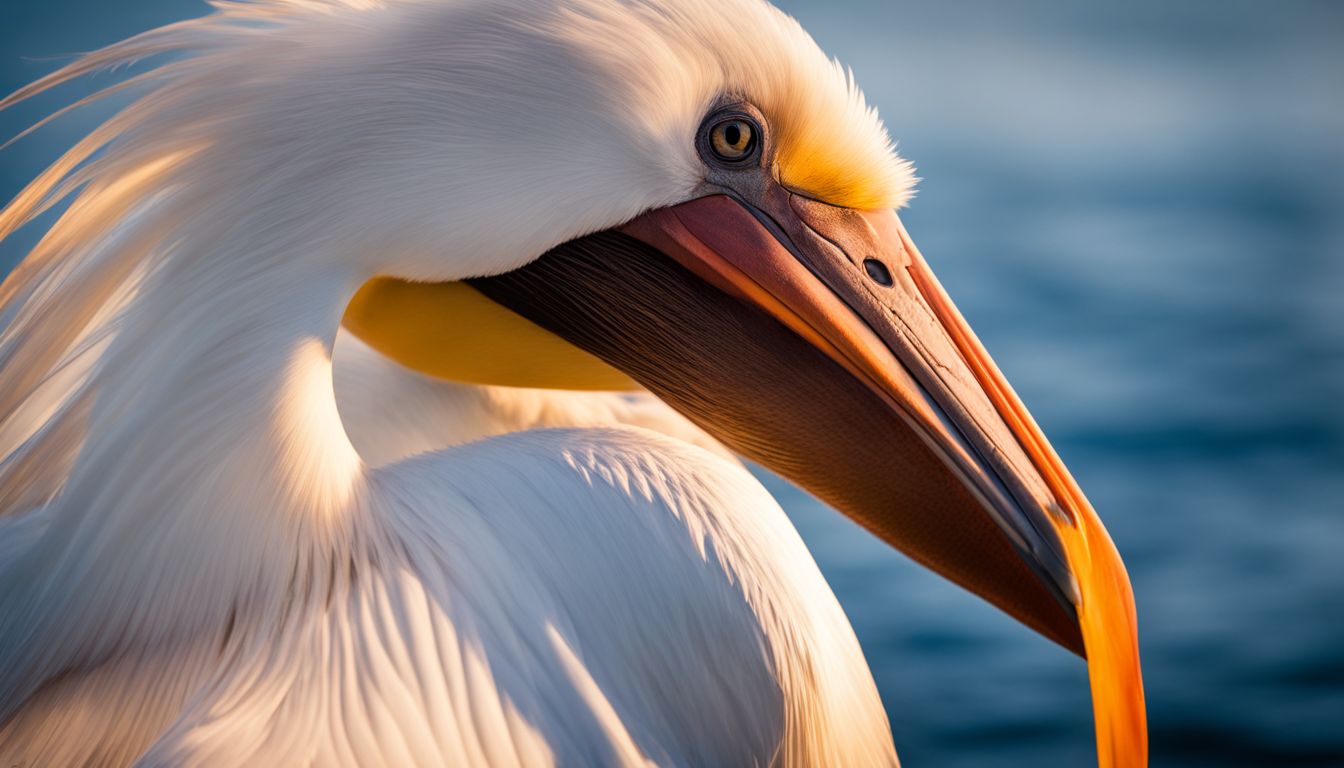
Birders, let me share with you some fascinating examples of beak adaptations in different bird species:
- The bald eagle has a strong, hooked beak that allows it to tear apart its prey.
- The nutcracker has a beak specifically designed for cracking open tough shells to access seeds.
- Woodpeckers have chiseling beaks that they use to drill into wood in search of insects.
- Hummingbirds have long, slender beaks that are perfect for sipping nectar from flowers.
- Kingfishers have sharp, pointed beaks that they use to spear fish underwater.
- Flamingos have large beaks with specialized filters that allow them to probe and filter out tiny organisms from water.
Bird Beaks and Ecosystem Functions
Bird beaks play a crucial role in maintaining ecosystem balance and functioning.
How different beak types contribute to ecosystem balance
Birds with different beak types play a crucial role in maintaining ecosystem balance. Each bird species has a specialized beak shape that allows them to access and consume specific food sources.
For example, birds with long, thin beaks like hummingbirds are adapted for sipping nectar from flowers, while birds with sturdy, curved beaks like woodpeckers can chisel into tree trunks to find insects.
This diversity in beak types ensures that various food resources are being utilized efficiently within the ecosystem. Birds also help control populations of insects and small animals by feeding on them, which helps maintain a balanced predator-prey relationship.
The ecological roles of birds with specific beak types
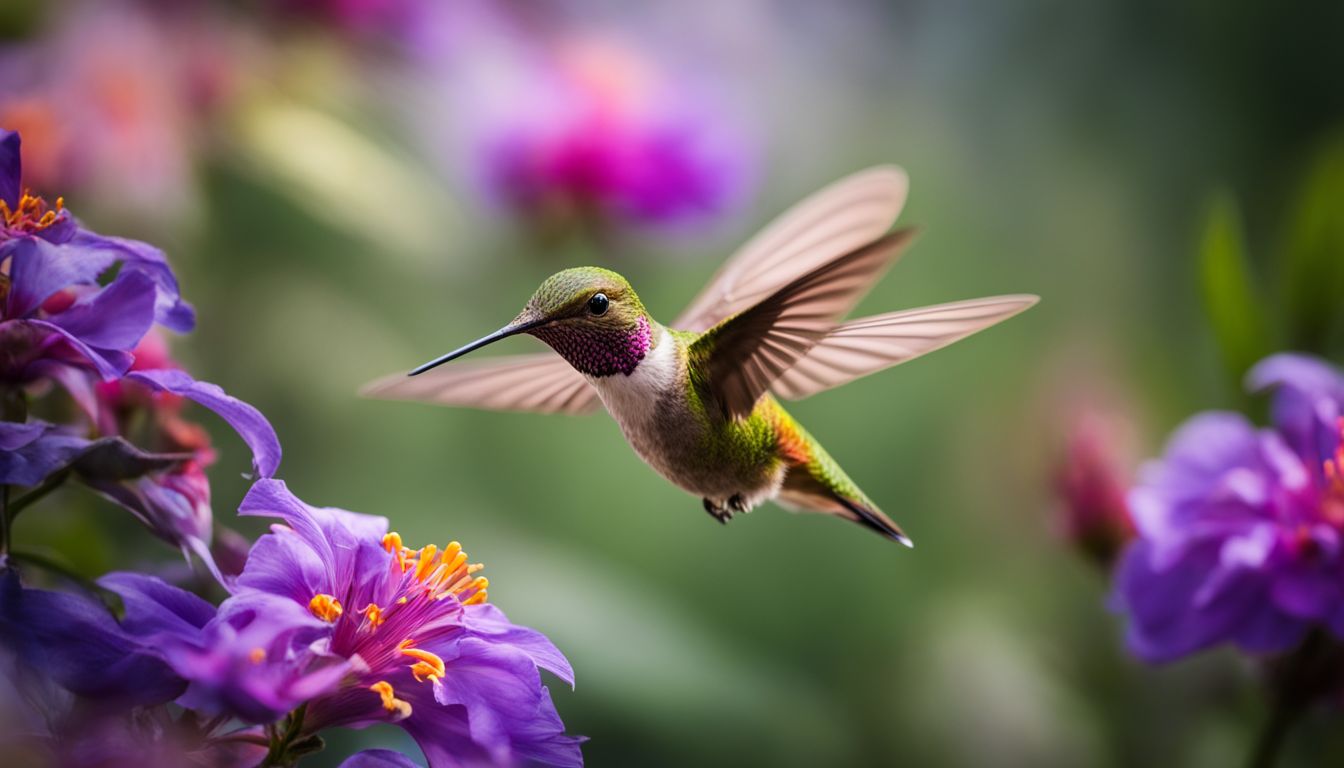
Birds with specific beak types play crucial roles in maintaining the balance of ecosystems. For example, birds with long, slender beaks that probe and filter are important for pollination by extracting nectar from flowers and spreading pollen.
They help plants reproduce and ensure the survival of both bird and plant species. Birds with strong, hooked beaks play a vital role in controlling populations of small mammals, reptiles, and other birds by hunting them as prey.
This helps regulate the number of these animals in an ecosystem and prevent overpopulation. Additionally, birds with chiseling beaks contribute to forest health by excavating cavities in trees for nesting or feeding on insects living inside bark.
Examples of bird species and their ecological functions
Birders, let’s explore some examples of bird species and the important ecological functions they serve:
- Hummingbirds: These tiny birds with long, thin beaks play a crucial role in pollination as they feed on nectar from flowers.
- Woodpeckers: With their chiseling beaks, woodpeckers help to control insect populations by drilling into trees to find food.
- Eagles and Hawks: Birds of prey like eagles and hawks have sharp, tearing beaks that allow them to hunt and consume small mammals and other birds, helping to maintain balance in ecosystems.
- Spoonbills: These birds have spoon-shaped beaks that are perfect for filtering small organisms from water or mud, contributing to the health of wetland habitats.
- Flamingos: Flamingos have long, slender beaks that are adapted for filter feeding. They use their beaks to extract small crustaceans and algae from water bodies, making them vital in maintaining aquatic ecosystems.
- Pelicans: Known for their large beak pouches, pelicans can scoop up fish while swimming underwater. Their presence helps regulate fish populations in lakes and coastal areas.
Conclusion
In conclusion, bird beaks come in a variety of shapes and sizes, each serving a specific function to help birds survive in their unique environments. Whether it’s tearing flesh, cracking nuts, or sipping nectar, the shape of a bird’s beak is perfectly adapted to its diet and lifestyle.
By exploring these various bird beak types and their functions, we can gain a deeper appreciation for the incredible diversity and adaptability of these fascinating creatures. So next time you spot a bird with an interesting beak, take a moment to marvel at nature’s ingenious designs!
FAQs
1. What are some types of bird beaks?
Types of bird beaks vary, such as tearing and piercing beak, cone-shaped beaks, straight needlelike beaks, and many more.
2. Why do birds have different shaped beaks?
Birds have different shaped beaks due to avian adaptations over time for feeding purposes like catching insects or seeds based on their habitats.
3. What does the study of bird anatomy tell us about various bird bills?
The study of bird anatomy in ornithology helps understand the evolution of avian beaks, importance of shapes in birds’ lives and functions performed by different kinds of bird bill features.
4. How do the functions of bird’s bill relate to its form?
The function is often tied to its shape; for example a sharp ripping type might belong to a predatory species while cone-shaped ones are best suited for seed eating birds showing clear case of morphology and specialization among them
5.Working with what standard can we classify birds using their bill characteristics?
Using attributes specific to their bills including shape,size,color and other visible traits found typically in them ,birds can also classified scientifically based on these features offering greater insights into evolution pattern exhibited by each unique group towards understanding better about our diverse ecosystem
I’m Owen Featherstone, your bird-watching buddy and enthusiast of all things feathered! Armed with binoculars and a notebook, I’m on a never-ending quest to uncover the mysteries of our avian friends. Whether it’s deciphering melodies in a dawn chorus or finding out if hummingbirds ever take coffee breaks, I’m here to share the delightful world of birds with you. So grab your virtual wings, and let’s explore the skies together!





